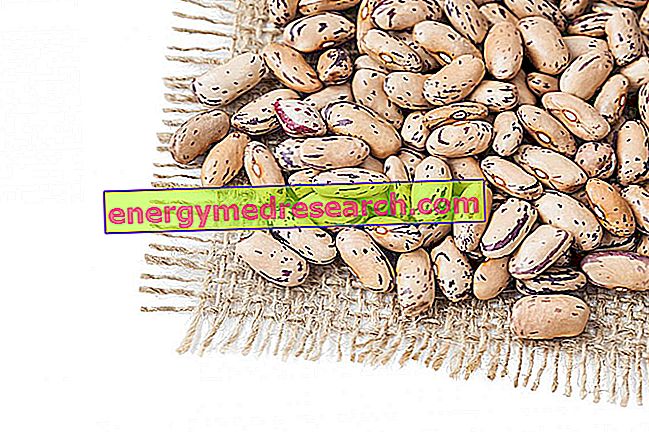Generality
Mortadella is a "cooked" sausage made with pork, fat (lard) and, in its various types, including beef and liver; mortadella can contain various aromas, spices and achenes (like pistachios).

Mortadella is a typical product of the Bologna area; this territory, which in ancient times was colonized by the Etruscans ( Felsina ), then by the Galli Boi ( Bononia ) and finally by the Romans, has always prospered thanks to the high presence of pigs ( Sus scrofa domesticus ) and wild boar ( Sus scrofa majori or similar). Mortadella was born in this area, whose noun is difficult to trace; the plausible hypotheses are two (probably complementary), according to which the term would come respectively from murtatum ( mortar, tool used in the minced meat) or from myrtatum ( myrtle, berry originally used in flavoring the sausage). The archaic term of the mortadella could therefore be: farcimen myrtatum or farcimen murtatum .
The first official recipe of mortadella was disclosed in 1600 by the Bolognese Vincenzo Tanara, who proposed a very similar elaboration to the contemporary one; the main difference between archaic and today's mortadella (in addition to the choice of some spices and aromas) is the amount of fat / lard used in the formulation: from 30-33% of a time to 15% used today.
Production
Mortadella from Bologna Igp is made from pure pork meat; it is ovoid or cylindrical in shape and, according to the specific disciplinary, it can be produced in the whole of Emilia-Romagna, in Piedmont, in Lombardy, in Veneto and in some provinces of Trentino, Tuscany, Marche and Lazio.
Bologna Igp mortadella is composed of lean and raw fat meat, which is finely chopped in 3 consecutive steps, after which the mixture is larded, salted, peppered, flavored, spiced and added to shelled pistachios; everything is processed and stuffed into natural or synthetic wrappings ranging in size from 500g to 50kg. The mortadella of Bologna Igp is then cooked in dry air stoves until it reaches a temperature "at the heart of the food" of about 70 ° C, then it is cooled with water showers (reducing the internal temperature of the mortadella up to 10 ° C ) and stored in cold storage.
Cutting the Bologna Igp mortadella it is necessary to appreciate a remarkable compactness of the dough which, however, must NOT have any elasticity; the color - on which appear white areas made up of lard (added for a minimum of 15% of the total weight) - is pink. The taste of mortadella from Bologna Igp is sweet and never acid.
Mortadella is a sausage whose large-scale production requires the use of some food additives; among these we remember for example: nitrates and nitrites, ascorbic acid, milk powder and monosodium glutamate.
Nutritional characteristics
Mortadella is a highly energetic preserved meat; it is rich in lipids, provides good amounts of cholesterol and, in all likelihood, the breakdown between fatty acids is in favor of saturated ones. These aspects make mortadella a food unsuitable for the habitual feeding of individuals suffering from hypercholesterolemia and / or from that against overweight or obesity.
Furthermore, being a sausage, mortadella is also rich in sodium, contained in added cooking salt; this macro-element, if present in excess in the diet, in the long run can favor the appearance or the ingravescenza of hypertension.
Mortadella proteins have a high biological value with a predominance of amino acids: glutamic acid, aspartic acid, leucine and lysine.
The small concentrations of simple carbohydrates in mortadella indicate the addition of powdered milk to the dough.
From a saline and vitamin point of view, mortadella has good concentrations of iron, phosphorus, thiamine (vit. B1) and niacin (vit. PP).
The consumption of mortadella (especially in the case of metabolic disorders) must be occasional or, if systematic, duly distributed over time and not too frequent; the average portions of mortadella are between 60 and 80g.
NB . The sportsman can consume mortadella in larger portions and with a greater frequency than the sedentary one.
Nutritional values
Mortadella nutritional composition - Reference values of the INRAN Food Composition Tables
|
| ||||||||||||||||||||||||||||||||||||||||||||||||||||||||||||||||||||||||||||||||||||||||||||||||||||||||||||||||||||||||||||||||||||||||||||||||||||
Bibliography:
- Italy of cured meats - G. Ballarini, F. Malerba - Italian Touring Club - pag. 91:93.





